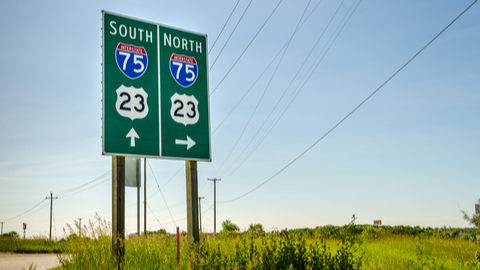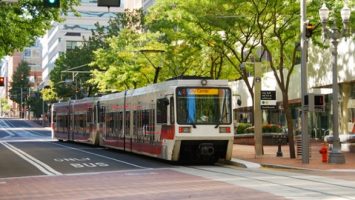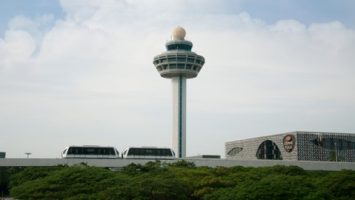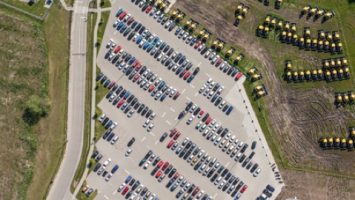
The city of Auburn Hills, Michigan – working with the German automotive technology supplier Continental – has created a Smart City Mobility and Transportation Hub to test and improve traffic flow, add convenience, reduce pollution, and increase safety at two intersections in the city. The Hub uses Continental’s sensors and intelligent software integrated into the city’s existing infrastructure to communicate hidden dangers to approaching connected vehicles (CVs) and pedestrians. Continental has also installed its new Wrong-Way Driver (WWD) detection system which warns at-risk drivers in the vicinity of a vehicle heading the wrong way.
The Hub is also collecting non-personally identifiable information – such as location and movement patterns – about pedestrians, vehicles, and other intersection-related activity to create an environment model needed for infrastructure-to-everything (I2X) communication. The environment model provides information about the traffic – including vehicles and bicyclists, traffic infrastructure, static objects, and the overall road situation – to CVs.
The radar sensors work with a roadside unit (RSU) and electronic control unit to process data and run the environment model and functions. That combination provides data that can offer useful information to CVs, such as available parking spaces and occluded hazards. When connected to a traffic light controller, traffic flow can be better optimized, reducing congestion and emissions from idling vehicles.
“With about 80% of Americans living in urban areas, a steady increase in pedestrian fatalities, and more than 43% of crashes taking place at intersections, a focus on improved safety at city intersections has never been more important,” said Jeremy McClain, director of chassis and safety systems and technology for Continental North America. “By bringing together a variety of automotive-grade technologies, systems and expertise, our Smart City technologies have the potential to greatly improve the lives of everyone who enters the area.”


